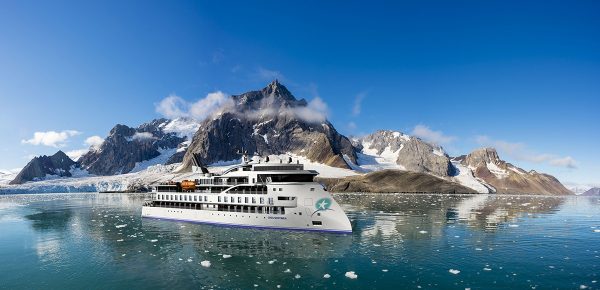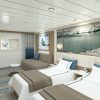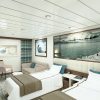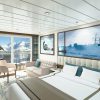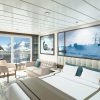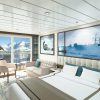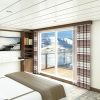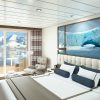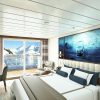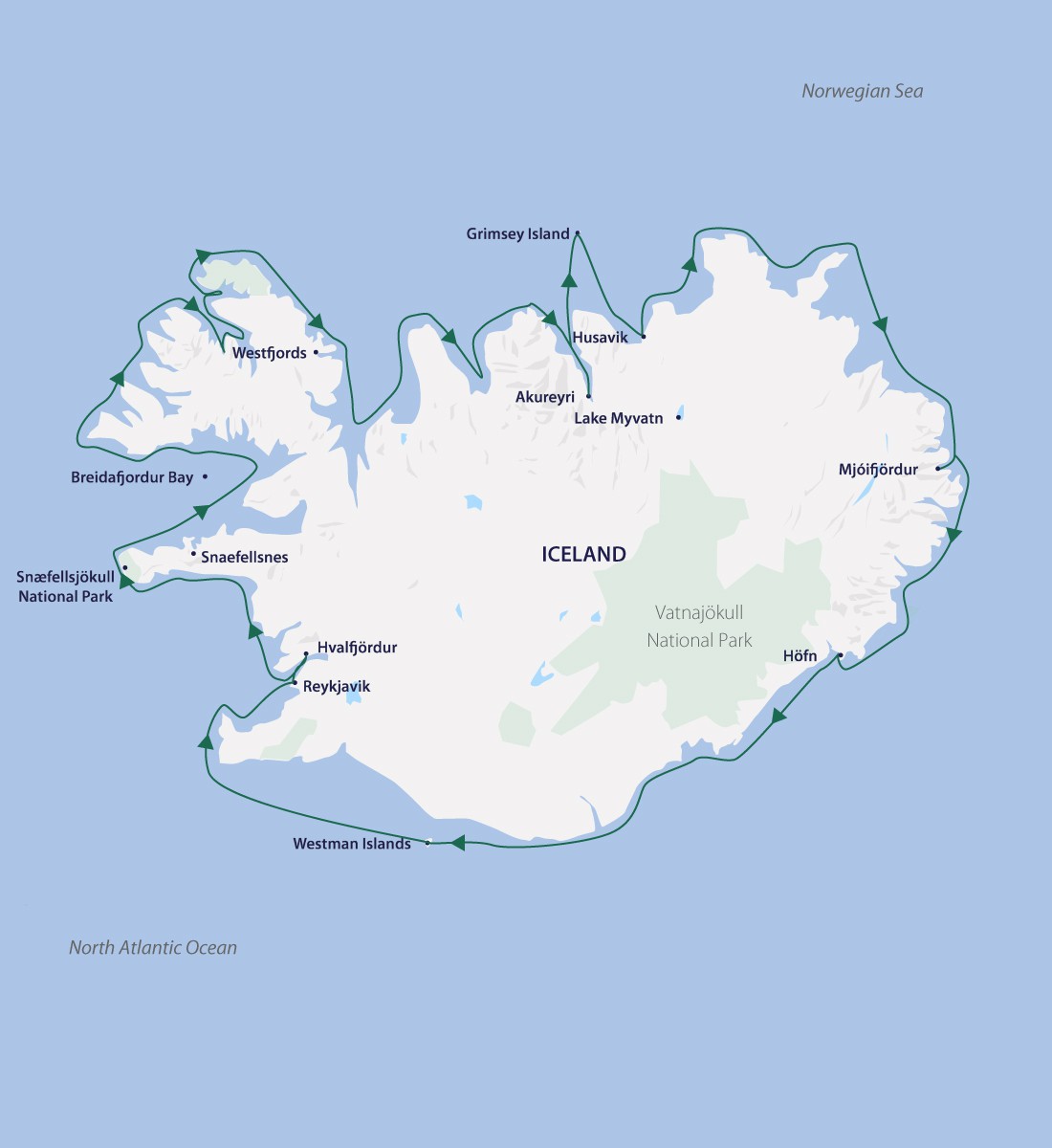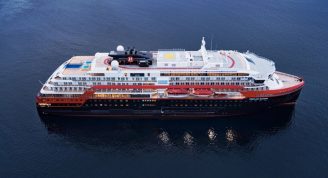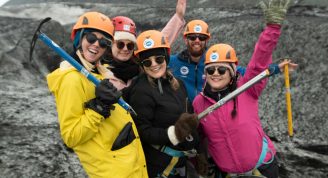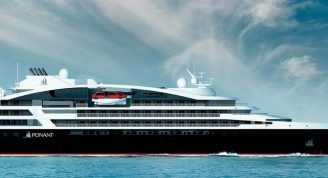Description
Situated in the Atlantic Ocean and with Greenland as its western neighbour, Iceland is a remote volcanic island with mind-blowing landscapes and fascinating culture and history to please even the most discerning traveller. With most of the country uninhabited, much of Iceland’s terrain consists of plateaux, mountain peaks, and fertile lowlands. The landscape is characterised by volcanoes, thundering waterfalls, geysers, geothermal hot springs, black sand beaches, bubbling mud pools and lava fields. With many deep fjords that are ideal for kayaking and Zodiac cruising, and glaciers to explore including Europe’s largest, Vatnajökull, combined with splendid birdlife and friendly locals, a circumnavigation of Iceland is an experience not to be missed.
IMPORTANT NOTE: In order to experience some of Iceland’s incredible scenery, a number of the shore excursions on this itinerary require overland coach travel away from the coast.


